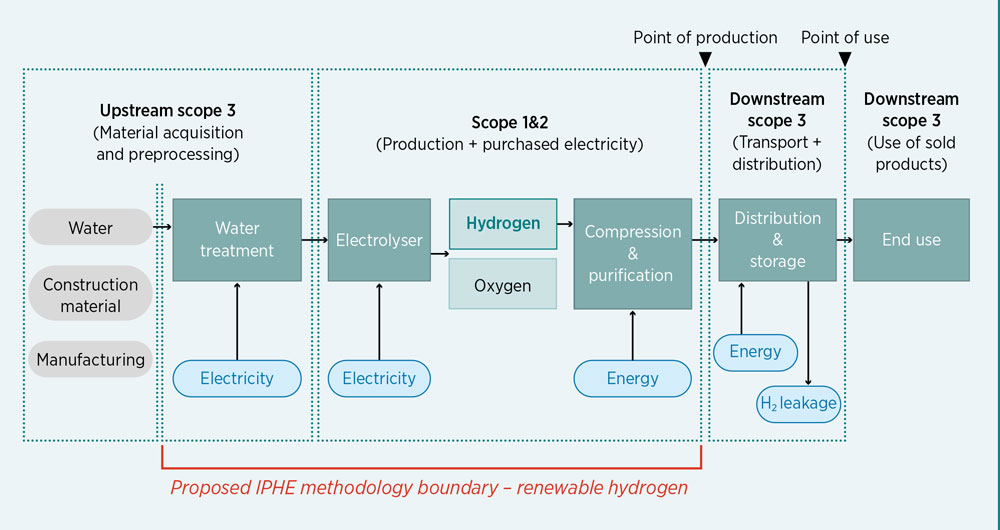Certificates
Overview of the status and impact of the innovation

What
Certification is an essential element of any industry, especially a nascent one such as hydrogen. Certificates for hydrogen and its derivatives contain information on compliance with standards and regulatory requirements, and enable verification through data on sustainability criteria, such as the carbon footprint and renewable energy content, thereby allowing differentiation from other less green products. To be effective, certificates must use a strong and reliable tracking system across the entire value chain, and be consistent, accurate and accepted by all market participants. They will typically be managed by non-profit organisations or other official entities, with industry backing.
Why
Certificates are essential for the massive deployment and uptake of green hydrogen, as well as for the establishment of national, regional and international green hydrogen markets. Certificates are a way to assure consumers that the hydrogen they buy contributes to decarbonisation efforts. At the same time, certificates provide a marketable characteristic to producers of green hydrogen. Several potential hydrogen exporter and importer countries, including Australia, the European Union, Germany, France, the Netherlands and the United Kingdom, have already included certification schemes in their hydrogen strategies (Department for Business, Energy & Industrial Strategy, 2022; European Commission, 2023).
BOX 9.9 Collaborative efforts towards market standardisation. The IPHE
The International Partnership for Hydrogen and Fuel Cells in the Economy (IPHE) is a government-to-government partnership consisting of 21 countries and the European Commission whose aim is to share information on hydrogen and fuel cell developments to inform future government policy and foster international collaboration. IPHE countries recognise that governments and industry need to work together to ensure existing and future regulations, codes and standards facilitate the production and use of, as well as investment in, hydrogen, hydrogen technology and infrastructure.
Figure 9.4 illustrates supply chains for green hydrogen, based on IPHE methodology, which is in the process of being established as an International Organization for Standardization (ISO) standard. System boundaries are typically defined to capture either well-to-gate (up to point of production) or well-to-wheel (up to point of use) pathways. These boundaries serve as the basis for differentiating hydrogen production pathways.
FIGURE 9.4 Green hydrogen supply chains

Source: H₂ = hydrogen. IPHE = International partnership for hydrogen and fuel cells in the economy.
Related kits
Power to hydrogen innovations
Innovations (30)
-
Technology and infrastructure
- 1 Pressurised alkaline electrolysers
- 2 Polymer electrolyte membrane electrolysers
- 3 Solid oxide electrolyser cell electrolysers
- 4 Anion exchange membrane electrolysers
- 5 Compressed hydrogen storage
- 6 Liquefied hydrogen storage
- 7 Hydrogen-ready equipment
- 8 Digital backbone for green hydrogen production
- 9 Hydrogen leakage detection
-
Market design and regulation
- 10 Additionality principle
- 11 Renewable power purchase agreements for green hydrogen
- 12 Cost-reflective electricity tariffs
- 13 Electrolysers as grid service providers
- 14 Certificates
- 15 Hydrogen purchase agreements
- 16 Carbon contracts for difference
- 17 Regulatory framework for hydrogen network
- 18 Streamline permitting for hydrogen projects
- 19 Quality infrastructure for green hydrogen
- 20 Regulatory sandboxes
-
System planning and operation
-
Business models